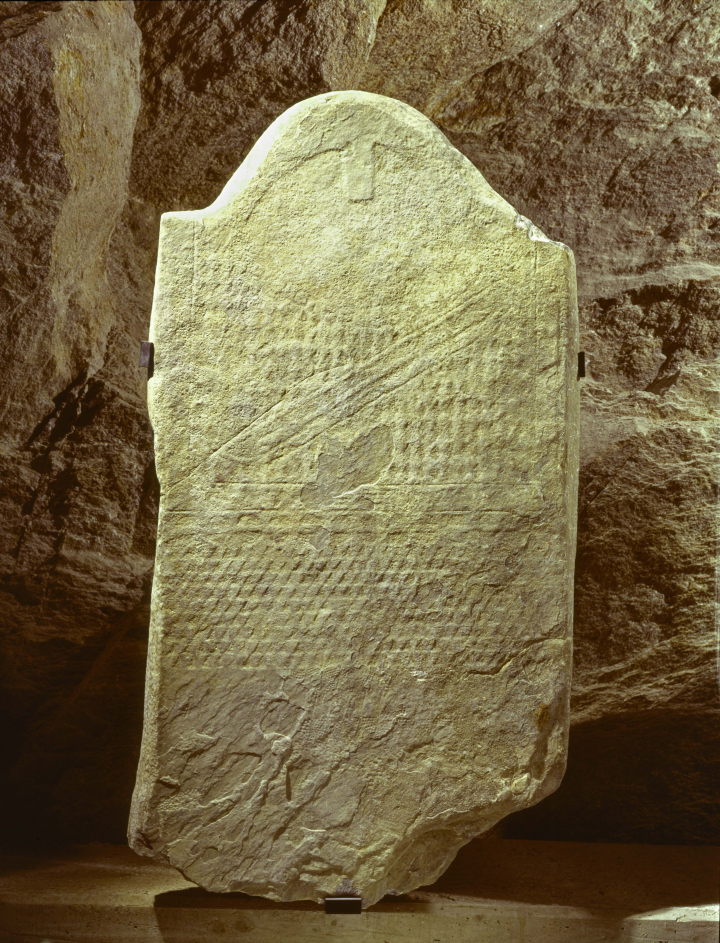Le Petit-Chasseur on:
[Wikipedia]
[Google]
[Amazon]

 Le Petit Chasseur is the name of a
Le Petit Chasseur is the name of a

 Le Petit Chasseur is the name of a
Le Petit Chasseur is the name of a megalithic
A megalith is a large stone that has been used to construct a prehistoric structure or monument, either alone or together with other stones. There are over 35,000 in Europe alone, located widely from Sweden to the Mediterranean sea.
The ...
site in Sion
Sion may refer to
* an alternative transliteration of Zion
People
* Sion (name) or Siôn, a Welsh and other given name and surname, including a list of people and fictional characters with the name
* Shion or Sion, a Japanese given name
Plac ...
, Valais
Valais ( , , ; frp, Valês; german: Wallis ), more formally the Canton of Valais,; german: Kanton Wallis; in other official Swiss languages outside Valais: it, (Canton) Vallese ; rm, (Chantun) Vallais. is one of the cantons of Switzerland, 26 ...
, Switzerland
). Swiss law does not designate a ''capital'' as such, but the federal parliament and government are installed in Bern, while other federal institutions, such as the federal courts, are in other cities (Bellinzona, Lausanne, Luzern, Neuchâtel ...
.
Discovered in 1961, it consists of three dolmen
A dolmen () or portal tomb is a type of single-chamber megalithic tomb, usually consisting of two or more upright megaliths supporting a large flat horizontal capstone or "table". Most date from the early Neolithic (40003000 BCE) and were somet ...
, dated to between 2900 and 2200 BC.
It is associated with the Saône-Rhône culture, part of the local late Chaocolithic phase (''éolithique final valasian'').
The younger parts of the site are associated with the Bell Beaker
The Bell Beaker culture, also known as the Bell Beaker complex or Bell Beaker phenomenon, is an archaeological culture named after the inverted-bell beaker drinking vessel used at the very beginning of the European Bronze Age. Arising from ar ...
horizon, including a cemetery with the remains of about 90 individuals (Dolmen M XII).
Archaeological findings
Archaeologists found six aligned standing stones in La Petit, in July 2019. These standing stones were found accidentally during the construction work of a residential building, in the same area where 30 such stones and thedolmen
A dolmen () or portal tomb is a type of single-chamber megalithic tomb, usually consisting of two or more upright megaliths supporting a large flat horizontal capstone or "table". Most date from the early Neolithic (40003000 BCE) and were somet ...
s were found in 1960.
“''This discovery is of prime importance to help us understand social rituals at the end of the Neolithic
The Neolithic period, or New Stone Age, is an Old World archaeological period and the final division of the Stone Age. It saw the Neolithic Revolution, a wide-ranging set of developments that appear to have arisen independently in several parts ...
period (around 2,500BC) in central Europe,''” was announced from the canton of Valais
Valais ( , , ; frp, Valês; german: Wallis ), more formally the Canton of Valais,; german: Kanton Wallis; in other official Swiss languages outside Valais: it, (Canton) Vallese ; rm, (Chantun) Vallais. is one of the 26 cantons forming the Sw ...
. According to the press release, a number of stones were noticed to have been intentionally broken.
Three of the standing stones were carved with markings. The largest of the stones assumed to be a male figure wearing geometrically decorated clothes with a sun-like motif around his face is about two tonnes.
References
* ''Die Schweiz vom Paläolithikum bis zum frühen Mittelalter. Vom Neandertaler bis zu Karl dem Grossen.'' Band 2: Werner E. Stöckli u. a. (Hrsg.): ''Neolithikum.'' Schweizerische Gesellschaft für Ur- und Frühgeschichte, Basel 1995, . * Harrison R., Heyd V., "The transformation of Europe in the third millennium BC: The example of 'Le Petit Chasseur I & III' (Sion, Valais, Switzerland)", '' Prähistorische Zeitschrift'' 82 (2007), 129–214. {{Coord , 46.2318, N, 7.3514, E, display=title Archaeology of Switzerland Megalithic monuments in Europe Dolmens Sion, Switzerland Beaker culture